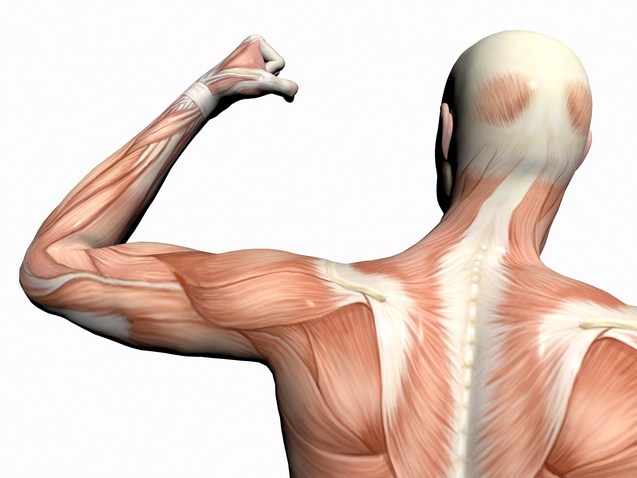
Cerebellum is fundamentally composed of intermediate part called vermis and two lateral halves called cerebellar hemispheres. Vermis is so called because it is somewhat like worms in appearance. This terminology can be compared to the word vermiform appendix. Centrally situated vermis is narrow and constricted. It is continuous on either side with rounded and expended cerebellar hemispheres.
When viewed from superior surface, area of vermis seen is called superior vermis, which presents anteroposteriorly directed midline ridge, which slopes laterally
to become continuous with superior surface of cerebellar hemispheres. Inferior aspect of cerebellum shows comparatively independent appearance of vermis which is called inferior vermis which is more deeply placed as compared to cerebellar hemisphere. The depression on which inferior vermis is lodged is called allecula. Vallecular sulcus separates vermis on either side from inferior aspect of cerebellar hemisphere.
Cerebellum, when viewed from above, present a notch in the midline on its anterosuperior aspect to accommodate collicular bulge of midbrain. It is called superior cerebellar notch. Posteroinferior aspect of two cerebellar hemisphere are separated by posterior cerebellar notch which is related to free crescentic margin of Falx cerebelli.
Surface of cerebellum (both hemisphere as well as vermis) presents very narrow and shallow parallel linear depressions. These are called fissures. These fissures extending from one side of cerebellar hemisphere to the other side crossing over the vermis, present ‘V’ shaped or ‘U’ shaped appearance, angle or concavity of which is directed forwards. One fissure intervenes between two adjacent thin and linear ridge like leafy elevations which are parallel to each other serially. These are called folia (Singular—folium).
Source: Easy and Interesting Approach to Human Neuroanatomy (Clinically Oriented) (2014)